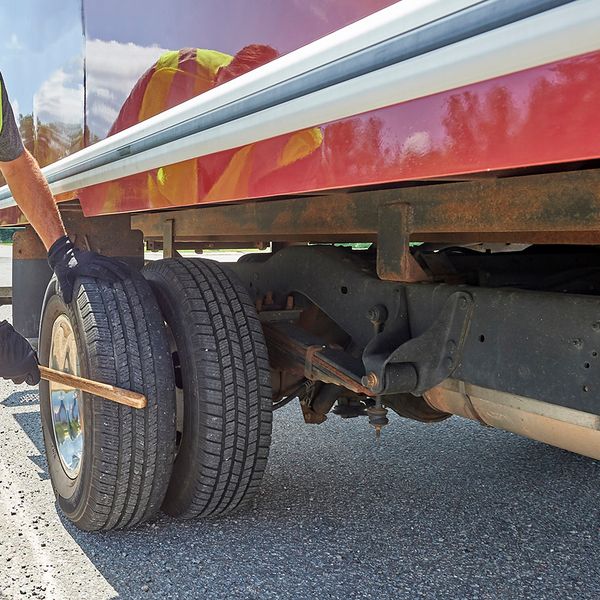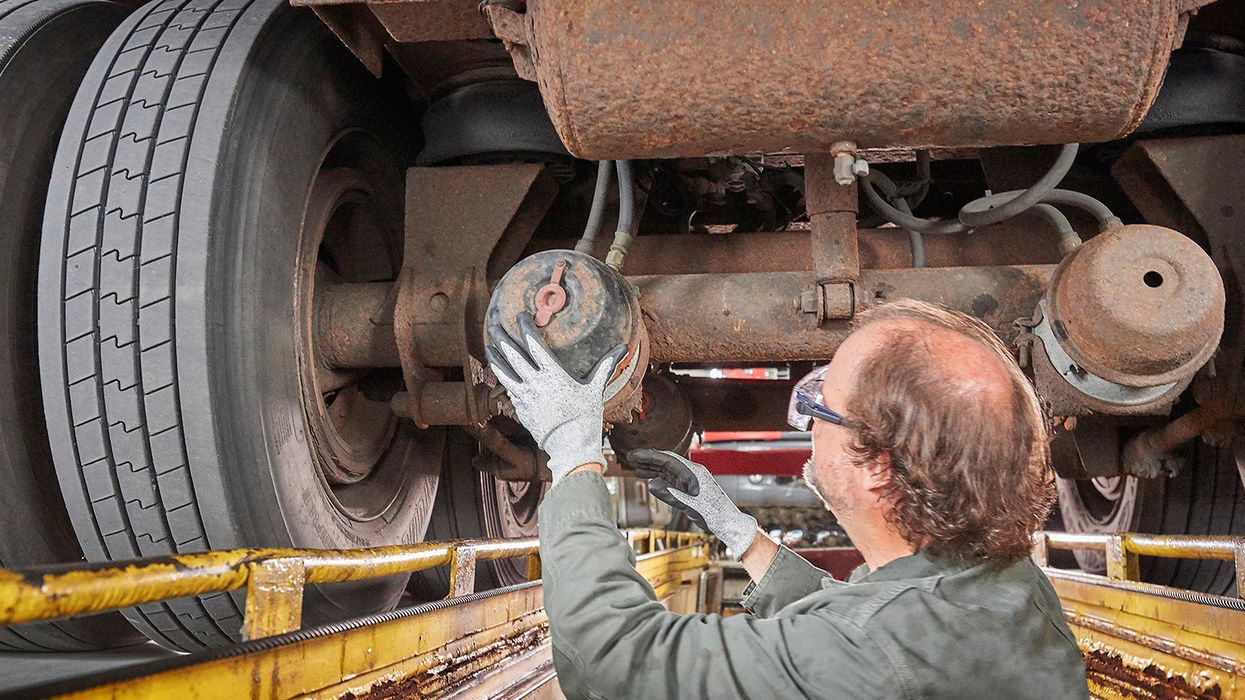Avoiding the pitfalls of Canada’s daily trip inspection regulations
A daily trip inspection report, also known as a pre-trip or a DVIR is a vehicle inspection report that commercial drivers must complete to ensure the safety and compliance of their vehicles before operating it. Canadian drivers who find defects during the inspection are required to report them to the carrier and are prohibited from driving a vehicle with any major defects.
But are your drivers always filling out these reports accurately? What happens if they don’t fully complete the inspection report? You’ve likely encountered challenges related to daily trip inspection reports at some point and felt the frustration that comes with realizing a form hasn’t been completed properly or filed in accordance with the National Safety Code Standard 13.
Three of the most common mistakes that can cost Canadian carriers time and money are:
- Not filling out the report correctly or completely;
- Not reporting or fixing any defects or issues that affect safe vehicle operations; and
- Not signing off on the report or keeping a copy for at least six months.
Let us take a look at how you can counteract these common mistakes.
Filling out the report properly
Producing and providing an accurate trip inspection report can benefit you and your driver in many ways. Accurate reporting can catch minor issues before they escalate, saving time, reducing repair costs, and minimizing downtime. A correctly completed report ensures safety and compliance and prevents fines, penalties, and potential harm to your driver and your company’s reputation.
Some of the common errors drivers make when filling out a daily trip inspection report are:
- Missing or inaccurate information, such as date, time, odometer reading, vehicle identification, driver name, or signature;
- Failing to document safety defects, leaks, cracks, or malfunctions; and
- Failing to comply with the inspection schedule, such as skipping or delaying the inspection, or not keeping the report in the vehicle for at least 24 hours.
Be sure to train your drivers or a designated person to do a thorough trip inspection and complete the report.
Correctly reporting or repairing vehicle faults
Failing to report or repair vehicle faults can have serious consequences for safety, the safety of other road users, and the condition of your vehicle. You may face fines, penalties, or legal actions if you cause or contribute to an accident or a violation due to a vehicle fault. You may also incur higher repair costs and downtime if you let a minor issue become a major one. Therefore, it is essential that you repair any vehicle faults as soon as possible.
It is illegal for a carrier to permit a driver to drive if a major defect has been detected. If a driver obeys instructions to continue traveling despite a major defect, both the driver and the carrier can be penalized.
National Safety Code (NSC) audits often find repair records when the matching inspection report shows there were “no defects found.” This means the driver overlooked a vehicle defect that actually needed to be repaired. Be sure drivers know that all defects must be recorded accurately.
Confirming the inspection report was signed
Finally, the last common error made on a daily trip inspection report is failing to sign it. Your drivers or designated persons must sign, acknowledging that they have completed the inspection. If a designated person completes the inspection, then that person will sign the report and the driver will also need to sign to acknowledge the completed report.
Signed daily trip inspection reports must be submitted within 20 days of when the trip inspection was completed. You must keep the daily trip inspection reports on file for six months; however, depending on your jurisdiction, you may need to keep them longer than six months.
Save time, money, and your reputation
The daily trip inspection report might seem like an inconsequential record, but it is so much more. Ensure your drivers take care in filling out all the details, accurately recording defects, and signing their reports can help you avoid trouble on the road or in an audit.
Key to remember: The only way your drivers can defend the safety of the vehicle, prevent fines, and prevent out-of-service infractions is to conduct a proper daily inspection and pay attention to the details recorded on the inspection report.



























































